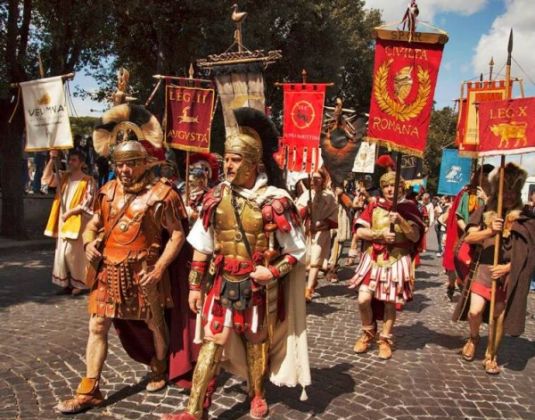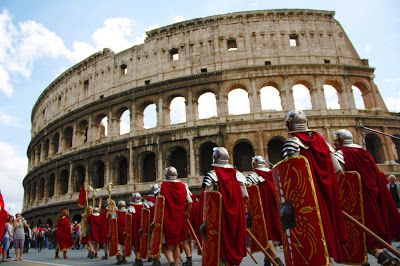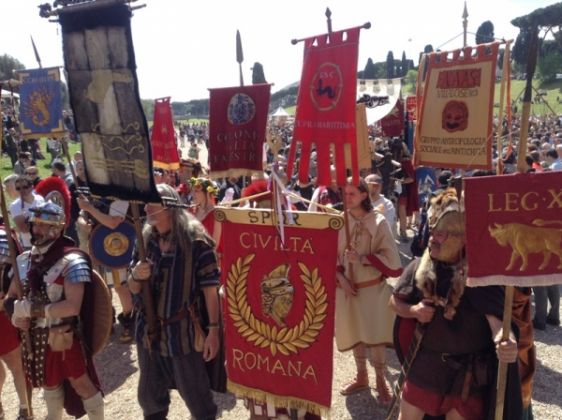New findings suggest Rome may be even older
The capital celebrates its 2,767th birthday on Monday 21 April, which this year falls on Easter Monday, or Pasquetta, a public holiday in Italy.
Known as Natale di Rome, the annual birthday celebration is based on the legendary foundation of Rome by Romulus in 753 BC, although a recent find in the Roman Forum would suggest that the city is more than 100 years older.
The claims were made by the archaeologist responsible for the Forum, Patrizia Fortini, whose team unearthed a wall near the Curia Julia and the ancient shrine known as the Lapis Niger, whose site includes a black stone block with the earliest inscription found in Rome. The ceramic material discovered around the tufa wall was dated "between the ninth century and the beginning of the eighth century" according to Fortini.
Notwithstanding the new archaeological revelations, the traditional birthday celebrations go ahead as planned in the capital on 21 April. For the last 20 years members of historical dramatic society Gruppo Storico Romano have brought history to life by re-enacting battles, historic events, and displays of ancient theatre and dance in the city centre. This year the group opens the birthday celebrations with a fire-lighting ceremony in the Circus Maximus at 10.45, followed at 11.30 with a costumed parade. This spectacle involves more than 1,600 gladiators, senators, vestal virgins and priestesses and the route begins and ends at the Circus Maximus, taking in Via del Teatro di Marcello, Piazza Venezia, Via dei Fori Imperiali and the Colosseum along the way.
The foundation of Rome is marked at the Circus Maximus that afternoon, from 15.00-19.00, with a number of ceremonies. Among these is the trench-digging ritual, known as the tracciato del solco, recalling the founding of ancient Roman towns when a trench or "mundus" was dug and offerings thrown into it to encourage the gods to watch over the town's inhabitants. This is followed by a re-enactment of the agricultural Palilia ceremony. Dating back to before the founding of Rome, the ceremony was held in honour of the goddess Pales, protector of flocks and herds, and involved vestal virgins distributing straw and the ashes and blood of sacrificed animals before jumping over a bonfire three times.
The city’s birthday has been marked annually since 1870. The “date of birth” is believed to have been established by the first-century BC historian Marcus Terentius Varro who based his findings on a date ascertained by his friend, the astrologer, mathematician and philosopher Lucius Taruntius Firmanus. For full details see the false;" href="http://www.gruppostoricoromano.it/ video https://www.youtube.com/watch?v=5UgRXZQW-wM&hd=1">Gruppo Storico Romano website.
























